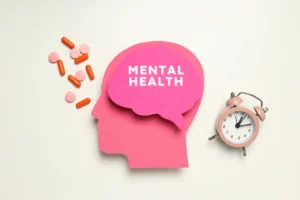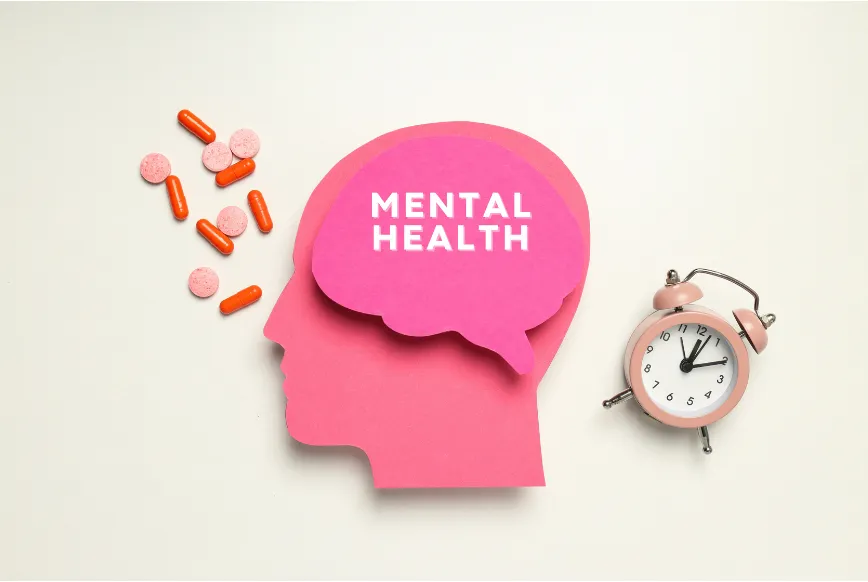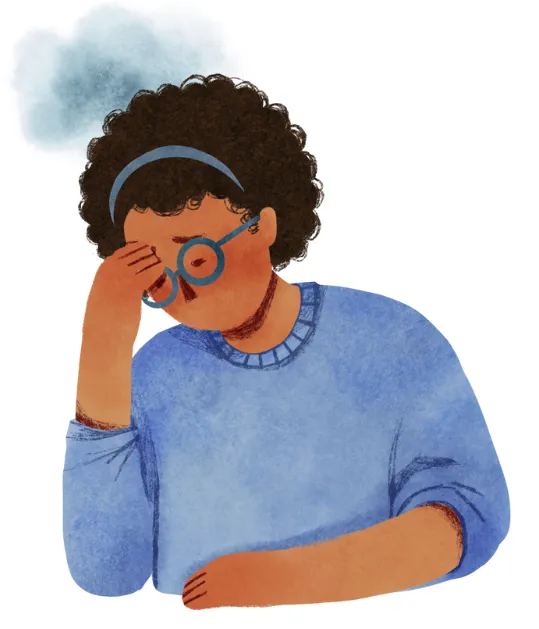A 20-Year-Old Black Box Warning Sparks Renewed Controversy
March 27, 2025

This post originally appeared here.
When a new medicine is approved by the US Food and Drug Administration (FDA), regulators require that a “label” be drafted that describes the new drug’s chemical composition, the conditions for which the FDA has approved the medication be used, and all adverse side effects associated with the medication, including potential problematic interactions with other medications. The label itself must be approved by the FDA and pharmaceutical companies are prohibited from making claims about the new drug that are not included in the label. They also must disclose many of the adverse side effects listed in the label in their advertisements of the drug.
From time to time the FDA can decide that an adverse side effect of a drug is so serious that it warrants being placed in a black box in the label, called a “boxed warning.” Black box warnings alert the public and clinicians that a drug has the potential, however remote, of causing severe injury or even death. This should result in increased surveillance and monitoring of patients placed on a drug with such a warning. However, a 2013 review suggests that there are few rigorous studies of how well these boxed warnings actually function, finding that one-third of them had unintended consequences.
Boxed Warning for Antidepressants Has Always Been Debated
One of the most controversial boxed warnings was first issued by the FDA in 2005. It warned about the potential for increased suicidal thoughts and behaviors in children and adolescents who are prescribed antidepressant medications. The warning was based on a combined analysis of placebo-controlled trials that showed a rate of suicidality of 4 percent among people up to age 18 who had recently been administered an antidepressant medication, compared to only 2 percent of people on placebo. There were no actual suicide deaths in any of these clinical trials, however.
Almost immediately after the boxed warning was introduced 20 years ago fears emerged that it might have serious unintended consequences. Some data indicated that the warning, which was expanded in 2007 to include young adults up to age 24, might be causing a decrease in antidepressant prescribing to children and adolescents and a subsequent increase in suicidal behavior and suicides among them. Antidepressant medications have consistently been shown effective in treating adolescent depression and clinical guidelines list them and a form of psychotherapy called cognitive behavioral therapy (CBT) as important interventions for treating youth depression and reducing the risk for suicide. Given that suicide is now the second leading cause of death among children and adolescents in the US and that the rates of depression, the greatest risk factor for suicide, are also increasing among children and young adults, it is critical to identify any potentially modifiable risk factors for depression and suicidal behavior. That has led some experts to call for elimination of the boxed warning about antidepressant medications and suicidality.
Old and New Analyses Come to Different Conclusions
In 2014, Marc B. Stone, a physician employed at the FDA, questioned claims that the boxed warning resulted in an increase in suicidal thoughts and behaviors among children and adolescents. In an opinion piece in the New England Journal of Medicine, Stone carefully analyzed the data available at that point and proposed that there was no clear signal linking the boxed warning to increased suicidality among youth. “These data should be sufficient to dispel any serious concerns, but nearly 10 years after the labeling changes, the idea that the boxed warning had adverse consequences persists in the minds of many health professionals, in the media, and among the general public,” he wrote, 11 years ago.
Now, however, a new, and probably the most comprehensive data review to date, once again ignited calls for the elimination of the boxed warning. In an October 2024 study in the journal Health Affairs, Stephen B. Soumerai of Harvard University and co-authors from multiple institutions looked at 11 studies on this issue published between 2003 and 2022. They carefully addressed problems of confounding and used a widely accepted method of assessing the risk of bias (i.e., the Cochrane risk-of-bias tool for interrupted time series studies). They addressed other “events or forces” that might be responsible for changes in the studied outcome measures.
The results are sobering. Soumerai and colleagues found that since the issuance of the 2005 antidepressant boxed warning there have been:
- Substantial reductions in physician visits for depression and depression diagnoses among children and adolescents
- No evidence that the boxed warning resulted in increased monitoring of youth who had been prescribed antidepressants for suicidality
- “Abrupt” reductions in antidepressant treatment “ranging from 20 percent to 50 percent”
- Increases in psychotropic drug poisonings, a proxy for suicide attempts.
The study authors also noted a 2020 study that found an increase in adolescent and young adult suicide deaths since the boxed warning appeared. That study estimated that the data “may reflect 2365 excess suicide deaths among adolescents and 3593 among young adults from 2005 through 2010 (the first 6 years after the warnings).” Of course, it is always possible in such studies that unmeasured factors might explain the apparent association between the boxed warnings and increase in suicide deaths. However, the authors used a statistical method called interrupted time series analysis that helps to control for such secular trends. Moreover, the authors carefully consider in their paper other possible influences on youth suicide rates, like the use of social media, the 2008 recession, and the opioid epidemic, and explain why none of these are likely to have affected their study results.
Soumerai and co-authors concluded “It has been more than fifteen years since studies began documenting these outcomes, using rigorous quasi-experimental methods. Now, the overwhelming evidence suggests that the ongoing use of these warnings may result in more harms than benefits.”
All of this of course begs the question about whether it is true that antidepressants increase the risk of suicidal behavior in children and adolescents. No one has yet confirmed a biological mechanism that might explain this relationship. Back in 2005 one of us (JMG) co-authored an analysis with Jeffrey J. Weiss of the Icahn School of Medicine at Mount Sinai that suggested it might be premature discontinuation of antidepressants rather than their continued use that is responsible for a perceived relationship between suicidality and antidepressant use. That suggestion, to our knowledge, has never been pursued.
Boxed warnings on the labels of medications are intended to protect patients from severe adverse outcomes. It is hard to see from the studies currently available that the boxed warning about increased risk for suicidality from taking an antidepressant has accomplished that purpose. Indeed, it seems that the boxed warning may only serve to dissuade clinicians from prescribing antidepressants to depressed youth and young adults, resulting in untreated depression and increased risk for suicide. It is time that a careful consideration of whether the warning should remain in place be made by the FDA.
Related Posts

What Are the Predominant Myths About SSRIs?: An examination and debunking
Posted in Depression
SSRIs have been in the news lately but not always with accurate information. Here we debunk some of the most common myths.

There Is a Youth Mental Health Crisis and Health Insurers Aren't Helping
Posted in Depression
There is a terrible youth mental health crisis in this country (and globally). Health insurance companies are exacerbating the situation through practices like ghost and narrow networks. Here's what needs to be reformed.

A Jolt to What We Believe
Posted in Anxiety
Ever been asked not to think about an elephant and then immediately think about the elephant? This is no uncommon and has been a main reason why thought suppression is not considered helpful in treatment of mental disorders. But new studies are challenging this idea.